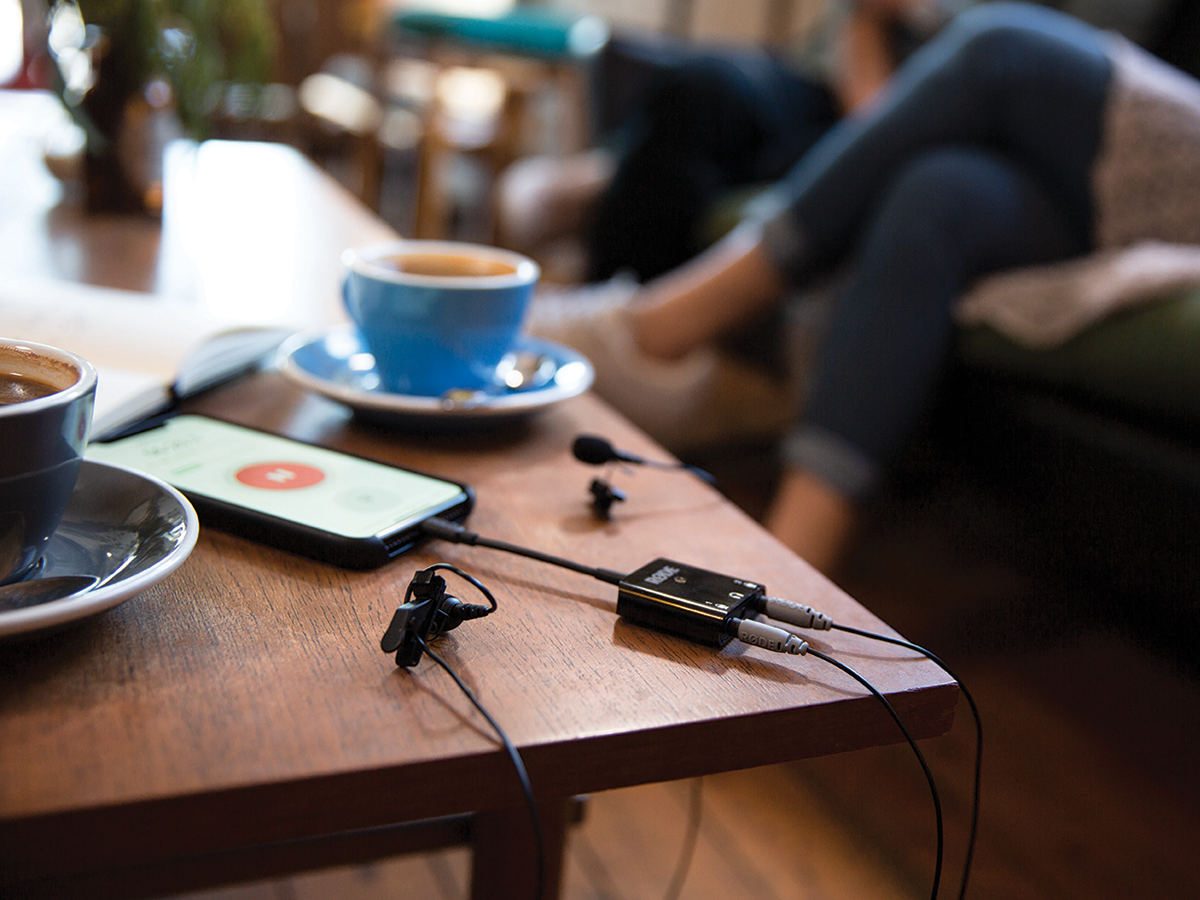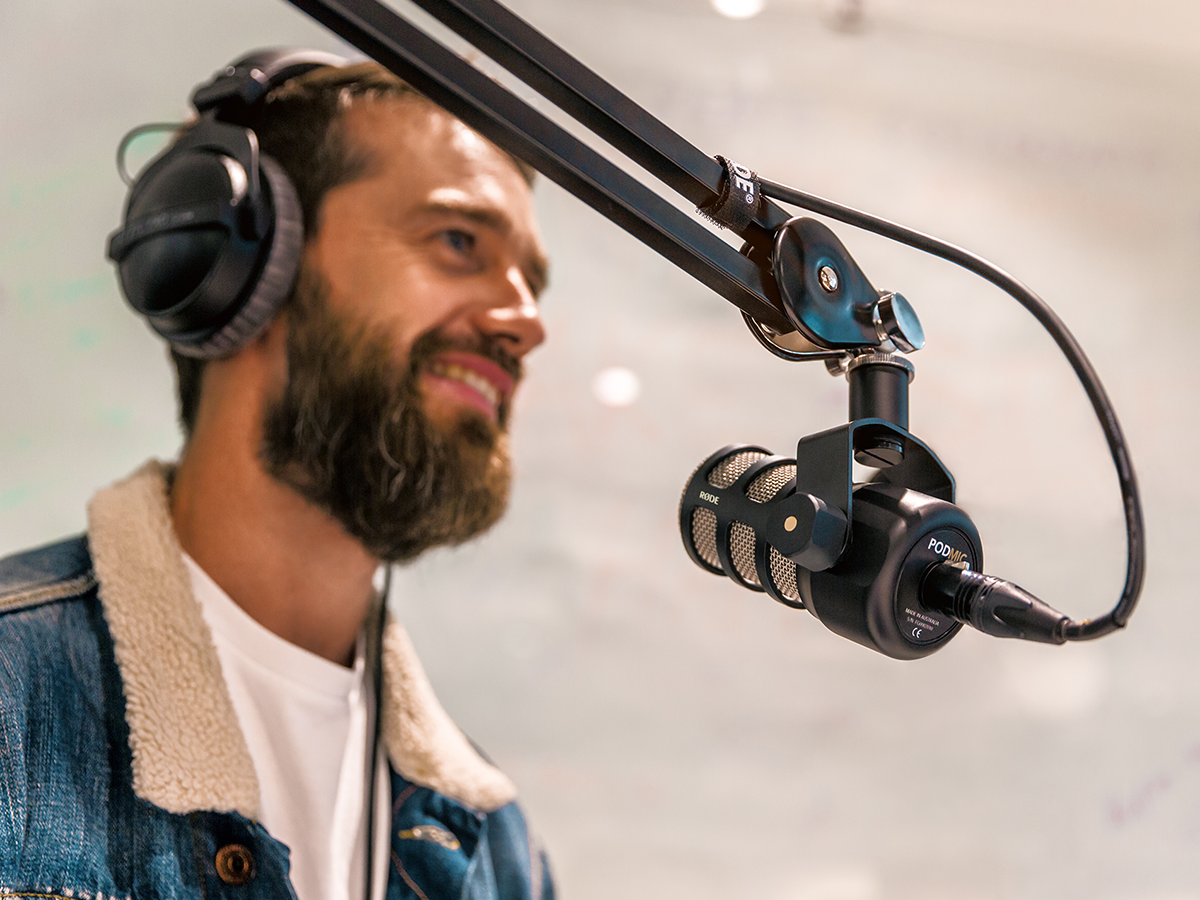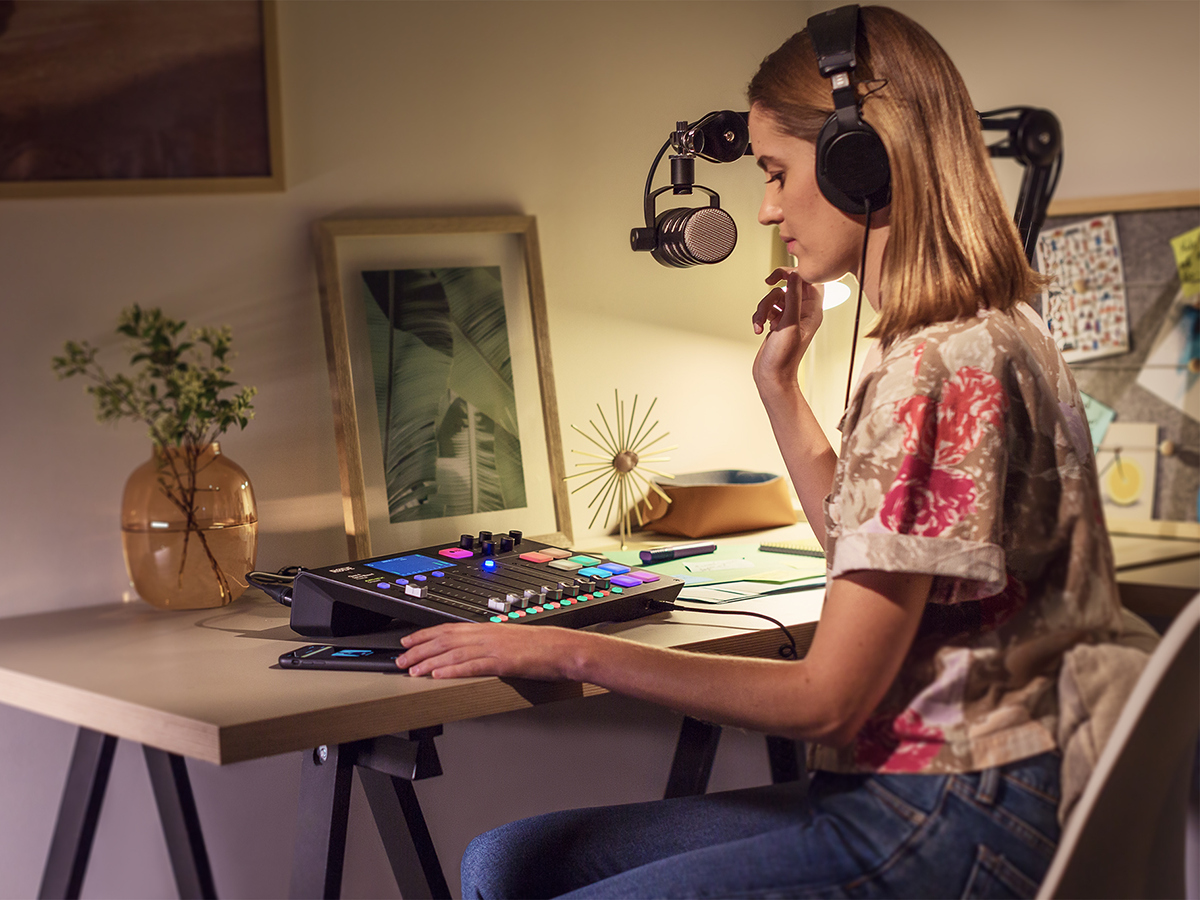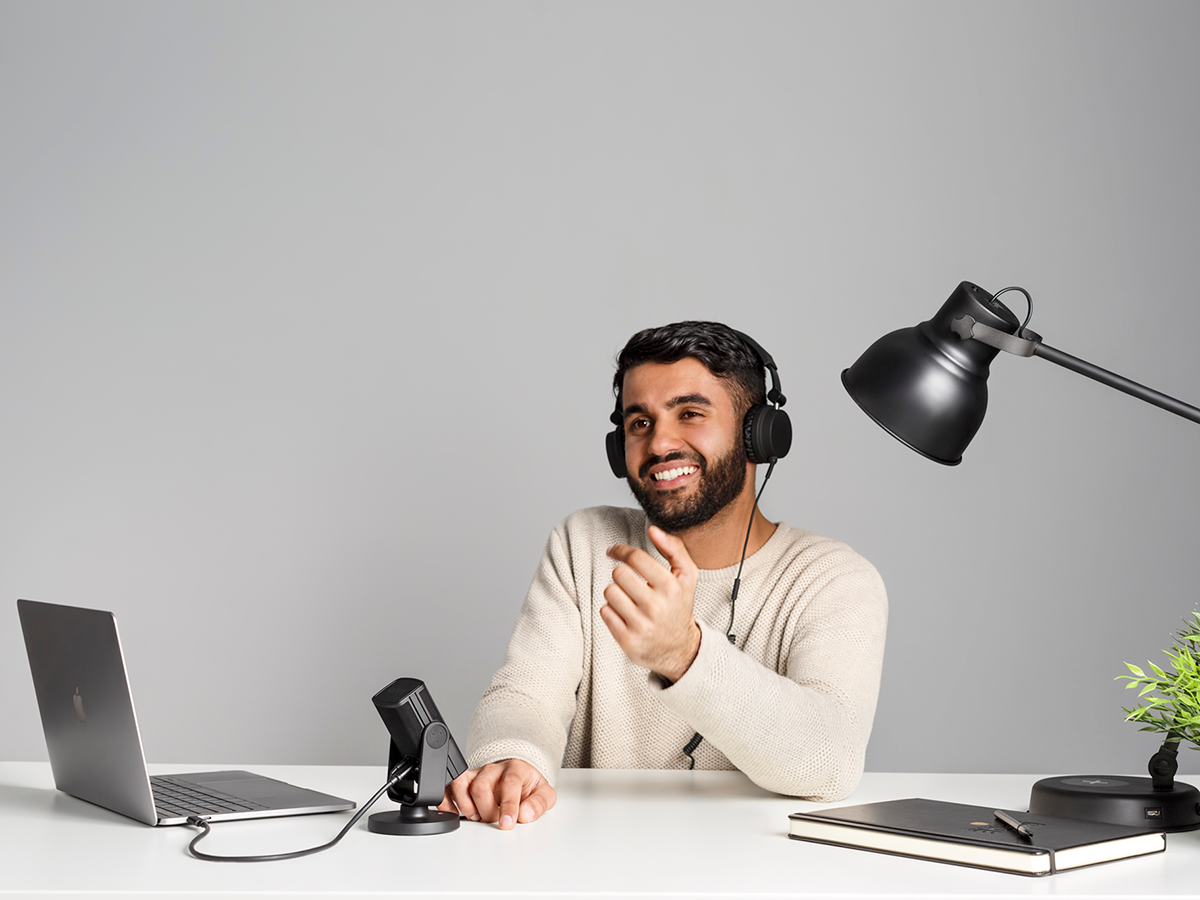Stuff’s ultimate guide to starting your own podcast
'ear this! Top tips for getting everyone to listen to you

If you fancy worming your way into the earholes of millions of online listeners, we’ve got some top tips on setting up your own podcast from home.
You may have thought that podcasts would be dying out in 2020, with commuting time seriously squashed by Covid-19 and the meteoric rise in popularity of Twitch and other video streaming services.
However, podcasters are still seeing huge download figures across the board, as people continue to enjoy their favourite online shows from home. Setting up your own ‘cast is an easy affair, although it does take some time and self-motivation to get one off the ground.
With a bit of perseverance however, you too could become a popular host with a show that attracts a big audience every week. And to get your started, here’s our tips and tricks for planning your perfect podcast.
Pick a subject

While some podcasts simply involve one or more hosts rambling on about anything and everything, growing an audience this way is incredibly tricky – unless you’re already a big-name celebrity, that is. If you’re not Ryan Reynolds and you actually want people to discover your podcast, you’ll need to come up with a theme or topic which is searchable.
However, try not to pick something too common or generic. For instance, have a browse of any podcast platform and you’ll find thousands of shows about gaming, or movies, or cheese. Okay, maybe not so many on cheese. But if you try to do what’s been done countless times before, you’ll find yourself lost in the noise.
Instead, specialise. If you like movies, focus on a specific genre, or era. Do some research and see what’s already available on popular platforms like Google Podcasts. If you see a gap, aim straight for it.
Solo or co-hosts?

While it’s perfectly possible to produce an entertaining podcast on your own, shows tend to be more enjoyable and have more energy when a couple of presenters are involved (especially when said presenters have very contrasting opinions).
If you do decide to enlist some mates, try not to go crazy. Two or three is a good number. Any more and everyone will end up talking over one another, so your recording will end up a hot mess.
Have a structure
Some podcasters are happy to be spontaneous and simply let the conversation go wherever. Others may want to plan a proper structure to keep things from stalling. For instance, you may open with a look at the latest news on your chosen topic, then move onto a guest interview or feature.
First impressions

Once you have your format nailed down, it’s time to think of a good name. This should be something succinct and relevant to your topic, but also memorable. You want to grab someone’s attention when they’re idly scrolling through podcast listings, and pique their interest enough so they give you a poke.
As well as a killer title, you’ll also want to sort out some appealing artwork. Like a great book cover, this will help to catch a potential subscriber’s eye and draw them in. If your artwork skills are comparable to a blind giraffe’s, then perhaps throw some notes at a freelance designer to craft some options.
It’s good to be regular
If you’re serious about doing a podcast, then planning a schedule and sticking to it is absolutely essential. Make sure you’re feeding your loyal listeners a new episode at least once a week. The more often you upload, the more likely you are to build up a dedicated following.
This takes discipline of course, so try blocking out a chunk of time each week to record and edit. If you’re drafting in co-hosts this part is trickier, especially where time zones are involved – so try and compromise to come up with a schedule that suits everyone. And definitely don’t forget to add on plenty of time for editing.
Setup your studio

With all of the planning done, it’s time to get a dedicated recording setup. Look out for our guide on the best kit to record a podcast for recommendations on the best microphones and headsets for podcasting, as well as tips on setting up a proper studio environment.



